Results 4,951 to 4,960 of 12091
Thread: Anandtech News
-
04-29-15, 07:00 PM #4951
Anandtech: Windows 10 Build 10076 Now Available
As if Microsoft has not had enough Windows news today, they have also released a new build of Windows 10 into the pipeline. Unlike the last build, this one is also available to the Slow Ring so people will be able to download the ISO for this version. Also, Windows 10 has now been changed (in name only) from Technical Preview to Insider Preview. Hopefully this change in name is more than just a name change. The move to drop this new build onto the Slow ring as well will hopefully mean that it is a more stable version.
Some of what is new was demonstrated during the keynote today at Microsoft’s Build conference. There is a new animation on the Start Menu for the live tiles. It is subtle, but it is a nice effect. There are some changes to some other UIs as well, but none of these are particularly news worthy at this point in time.
What is news is something that has been a long time coming. Multi-monitor setups are very common, and even devices like Microsoft’s Surface line encourage use with a second display. However with the huge DPI differences between a tablet and a monitor, this can cause issues with scaling despite the work done in Windows 8.1 to enable per display DPI scaling. This build is not a cure-all for everything, but the core UI components should now scale correctly regardless of DPI. Hopefully there is a lot more coming here this has always been a bit of an annoyance when running a Surface Pro 3 with an external monitor (as an example) and of course there are plenty of apps that don’t scale at all. I’m still waiting for an outright solution to these apps. The ultimate solution is to move apps into the Windows Universal App model and have them in the store, since that part of Windows is fantastic at scaling based on DPI and display size already. There was a lot of info today at the keynote about putting more apps in the store so that should help some of this, but regardless, with Windows there are going to be apps that ignore the scaling so really there needs to be a fix for these.
Continuum gets some improvements as well. Until recently I have not had much of a chance to try Continuum since I was running Windows 10 on my desktop but I have some 2-in-1 hardware now that I hope to get running with this to see how well it’s working. The keynote demos today showed some nice changes though and the start screen layout now flows a lot better between display sizes and orientation.
Cortana continues to get some tweaks as well. The UI has changed a bit and there is now a menu bar for Cortana on the left side of the search window. This is small but should help make it a lot more usable. There are also going to be Instant Answers now with Cortana where it attempts to answer your question before you are even done typing it. This should only get better over time.
Also mentioned in the keynote was some changes to the experience to help promote app discovery. These changes will be coming in this build, and offer things like Apps showing up on the lock screen if Cortana thinks you might like them. If you launch an app through Cortana, it also may suggest a similar app. The example today was if you like to play Star Wars: Commander, it might suggest the recently launched Star Wars Rebels game. This can be turned off if you don’t like it, so fret not.
I’ll be installing this build when I get home from San Francisco. The previous build completely broke my desktop to the point where I can’t even launch the start menu, so it’s good to see that there are ISOs available. Remember this is beta software! If you are interested in giving this a go, check out insiders.windows.com to sign up, and if you are already on Windows 10 just check for updates and the new build should be available now.
Source: Windows Blog
More...
-
04-30-15, 07:30 AM #4952
Anandtech: The Tesoro Lobera Supreme Mechanical Keyboard Capsule Review
In this capsule review we are having a look at Tesoro's most popular mechanical gaming keyboard, the Lobera Supreme. Tesoro's offering comes with a futuristic design and interesting features, but it also has to face tremendous competition.
More...
-
04-30-15, 05:31 PM #4953
Anandtech: Microsoft Details Windows 10 Staggered Release Schedule
Today at a special breakout session, Corporate VP of the Operating Systems Group Joe Belfiore confirmed that the launch schedule for Windows 10 is going to be summer (he would go no more specific than that) but that it will be a staggered release. Those in the insider program may be aware that builds for the desktop PC are quite a bit ahead of those on the phone, and Joe said some of that is due to Windows 8.1 on the phone coming out later than 8.1 on the PC.
But there is a lot more to Windows 10 than just phone and PC. Xbox is there, IoT, and Surface Hub are other examples of where Microsoft is trying to push Windows 10, and there will almost certainly be a staggered rollout on those devices as well.
Joe also stated that they are already working with mobile operators in order to get to work on a schedule for existing devices, and as many of us know, mobile operators can drastically increase the time to market on mobile devices, so it is important to get to work on this now. Whether or not this helps or not will still have to be seen.
There will be new hardware for phones too, but they would not go into any details on when this might happen, or what kind of hardware they are looking at. Some of the demos yesterday, like Continuum on phone, will require new hardware which can display on multiple screens at the same time.
In the same vein, even when Windows 10 does launch, it will not be feature complete. Things like Extensions, which are coming to the new Edge browser, will not be available at launch but will come in a future update. Since Edge is going to be updated through the store, at least this will be easy. Other features like Win32 apps coming as Windows Store apps will also be later in the cycle.
So this will really be unlike any other Windows rollout, because so many parts of the system have been moved to being able to updated through the store. This will allow the core Windows 10 experience to be completed, but necessary feature updates should be able to be seamlessly added over time.
One other interesting note from the meeting was that the Insider Program will not be going away once Windows 10 launches. There will still be several rings that Insiders can participate in to get quicker updates, even if the feature is not quite ready for prime time. This should also apply to the phone as well which should help alleviate some of the upgrade woes depending on the particular mobile operator.
More...
-
04-30-15, 06:04 PM #4954
Anandtech: AMD Crossfire Freesync Update: Delayed
When AMD launched Freesync back in March, one of the limitations of the initial launch version was that only single-GPU configurations were supported. Multi-GPU Crossfire systems could not be used with Freesync, requiring users to trade-off between Crossfire and Freesync. At the time AMD claimed that Crossfire Freesync support would be coming in April, however as April comes to a close it has become clear that such a release isn’t going to happen.
To that end, AMD has posted a short update on the status of Crossfire Freesync over on their forums. In the update, AMD states that after QA testing they believe that Crossfire Freesync is “is not quite ready for release” and that they will be holding it back as a result. Unfortunately AMD is not committing to a new release date for the feature, but given the fact that it’s more important to get this right than to get it out quickly, this is likely for the best.
More...
-
04-30-15, 06:04 PM #4955
Anandtech: Xbox Game Streaming Demonstrated At Build
Today I got a chance to try the new game streaming ability of Xbox One at a breakout session. For those that are unaware, Xbox Game Streaming will allow you to broadcast your console gaming experience to any Windows 10 PC on the network, and with the Xbox controller drivers being built into Windows 10 now, it makes for a pretty interesting experience.
Now let’s be honest. This is certainly not the first game streaming that has been announced, and some companies already have shipping solutions for this. Steam for instance can game stream from you desktop PC with a GPU to another lighter weight PC. There are also solutions that will stream from your PC to your TV for playing games on the couch.
So they are not the first, but one of the nice things about streaming from the Xbox to a PC is that, especially these days, most PCs are not capable of running games. Laptops in particular do not have enough GPU in order to play many games at good framerates. Using the Xbox for this solves this issue since the hardware is a known quantity (and yes, maybe not enough but that’s for another time).
In my hands on, there was no perceivable latency, so the experience was excellent. Controls on the controller were every bit as good as if playing right on the console.
Being able to stream games to a tablet like a Surface Pro 3 makes a lot of sense, since the Xbox is often tucked away in the room with the big TV and it may be used by other members of your house. It worked, and it worked well.
I did ask about being able to stream games while someone else is using the Xbox for media (like Netflix or live TV) and unfortunately this is not going to be the case, at least not initially. It is basically mirroring the display on the Xbox to the PC, so the Xbox is well and truly tied up during any sessions. I kind of think this is a missed opportunity for the Xbox team since they have made such a push to use the Xbox as a hub. In my house, the Xbox is in between the cable box and the TV, so it is not a trivial task to use “switch inputs” and the whole point of doing it this way is to avoid having to switch inputs all the time. Hopefully they can add this in a future update, but it is not clear if the hardware can even support this so we shall have to wait and see.
For what it does do, it does really well, and I can see this being a very popular feature.
More...
-
04-30-15, 07:00 PM #4956
Anandtech: PC Gaming Show To Take Place At E3 2015
Though this isn’t strictly hardware news, it’s hard to argue that PC hardware and PC gaming aren’t inexorably linked, especially in the case of the annual Electronic Entertainment Expo (E3).
The video gaming industry’s biggest press event of the year, E3 is home to a number of major video gaming announcements. Along with being a major games showcase, E3 is also a major game console and platform showcase, with the show being the traditional backdrop for major console launches and updates. In fact between the publisher game presentations and the console manufacturer presentations, the only platform not specifically represented is the PC. PC games get covered at publisher presentations, and in better years even Microsoft will pitch in, but the PC doesn’t get the equivalent of a platform press event similar to those held for Microsoft, Sony, and Nintendo’s game consoles. Or at least it didn’t, until this year.
AMD and PC Gamer have announced today that the two of them are coming together to host the PC Gaming Show, an E3 press conference specifically focused on the PC. This marks the first time in many years that a PC-centric press conference has been held at E3, and comes of the heels of previous, lower key efforts by groups such as the Open Gaming Alliance to drum up additional attention for the PC at E3. Right now this doesn’t appear to be a very broad show from a hardware/OS standpoint – the only hardware vendor sponsoring the show is AMD, and Windows/DirectX developer Microsoft is not participating either – but this is with any luck the start of a larger, regular PC platform conference for E3.
As for the more immediate and important future however, the show’s organizers have announced that they have already lined up a number of PC software developers and publishers for the event. The PC Gaming Show “will feature appearances by Dean Hall of DayZ fame, Cliff Bleszinski of Boss Key Productions, and developers from studios including Blizzard, Bohemia Interactive, Cloud Imperium Games, Tripwire Interactive, Square Enix, Obsidian, Paradox, Devolver Digital and the Humble Bundlers, with more to be announced.” At this time the show’s website indicates that they’re still interested in hearing from additional participants, so we may yet see additional developers and publishers sign on.
Finally, today’s announcement also confirms the date and time of the show, along with its availability. The show will be held at 5pm on Tuesday, June 16th at the Belasco Theater. Sony, Microsoft, and Nintendo have not yet announced when their respective conferences will be, but those conferences are traditionally held on Monday or early Tuesday, so I expect that those shows will occur before the PC Gaming Show, making it the last platform conference of E3. In any case, home viewers will be able to catch the show live via Twitch, who is also listed as one of the show’s sponsors.
More...
-
05-01-15, 06:37 AM #4957
Anandtech: A Quick Look at One M9 RAW Photos
Yesterday, HTC updated their HTC Camera application for devices with HTC Sense. Normally, this isn't worth discussing, but the changelog had an entry for RAW photography mode on the One M9.
For those that are unfamiliar with what a RAW photo is, in essence it's exactly what would come to mind when it comes to something that is "raw". The file effectively encodes the sensor's data at each pixel, without any loss or significant processing. Normally, this file is completely hidden from the user, and once it enters the image signal processor (ISP) it is only used to produce the final JPEG and is presumably deleted once the JPEG file is saved to internal storage. As a result, we end up with a file that can be easily read by any computer, but is effectively impossible to change in a meaningful way. A RAW/digital negative can be easily changed to look almost nothing like the original image, but is impossible for most applications to view properly.
Fundamentally, a RAW photo is an unprocessed image, and if you could see the RAW image without demosaicing to handle the camera's pixel layout, it would look almost nothing like the final image. However, it's this relatively unprocessed state that allows for potential gains in image quality. After all, the ISP must determine how to process an image without human intervention in an effective manner, and it also must process and save the image within about a third of a second or less. Comparatively speaking, if I process it myself I might spend a solid 5-10 minutes playing with sliders to get a good balance between noise, detail, contrast, and dynamic range, and each image requires a second or two of maximum CPU load on a modern Core i7 4702HQ.
The real question is whether RAW photos can make a difference in a camera's output. In my experience this does depend quite a bit. Something like the Nexus 5 didn't really see any additional benefit from hand-processed photos. However, the One M9's RAW photo mode reveals a pretty stunning difference in photo quality when properly processed. In order to show it off, I took a few quick comparison shots. Our first comparison is a daytime shot, which is only directly comparable between the M9's JPEG and RAW output.
We'll start with a very simple daytime comparison. Please note that for this short it is only comparable between the M9 RAW and JPEG output, as the iPhone 6 shot is from the same place, but at a different time of day and multiple weeks apart. In the original review, I mentioned that the One M9 seemed to have detail equivalent to the iPhone 6 with its 8MP camera in daytime. This single test shows the massive improvements that can be found with some quick post-processing in Lightroom, with special emphasis on the improved shadow detail in the bottom left side of the photo, the dramatically improved detail on the building to the top left of the photo, and improved detail on pretty much any tree in this photo. There is a noticeable grain to the photo that isn't as pronounced on the ISP-processed JPEG, but the noise is simply masked by blurring rather than actually getting canceled out. Again, it's important to note that the iPhone 6 photo isn't quite at the same angle or from the same time as the One M9, but it should serve as a good reference for objects in the scene.
The real test is in low light, and for this I brought some additional phones and a tripod to try and get a test that was better-controlled, although this isn't a controlled test in the strictest sense to begin with.
In this test, the One M9's native JPEG output is by far the worst here. The processing is surprisingly poor, with generous amounts of color noise on mostly flat, yellow-white walls. As color noise is the most distracting type of noise in a photo, it's generally better to err towards strong rather than weak color noise reduction. The RAW processed in Lightroom by comparison is miles ahead. It's probably not better than the iPhone 6 Plus here, as things like the rough stone walls lining the steps are extremely hard to make out in comparison to the iPhone 6 Plus. The Galaxy S6 is easily the brightest of all, but it seems that Samsung might have gone a bit too far as detail along the steps is definitely worse than the iPhone 6 Plus and there is much more noise in some parts of the photo. However, the Galaxy S6 manages to equal, if not better the iPhone 6 Plus in this shot due to the sheer amount of additonal detail captured from the better exposure; the resulting noise ultimately is a liability in large, HiDPI displays or in prints, but it isn't really visible when scaled to web/phone sizes.
Once again, the native JPEG output on the M9 is rather poor. Strong luminance noise reduction turns the picture into an oil painting when viewed at 100% crop, yet there's significant color and luminance noise still visible throughout the photo when scaled to web resolutions. There's almost no detail to speak of either due to the noise reduction used. Probably the best example of these issues is the trash can on the left side of the photo. Viewing the native JPEG shows a sign with nothing on it, but viewing the RAW-processed photo actually reveals that it is a recycling bin. Once again, even with RAW processing I didn't manage to get the M9 to beat the iPhone 6 Plus, but given the lack of OIS it shouldn't be too much of a surprise. Strangely enough, the RAW doesn't have enough contrast to show the red sign in the distance, which shows up just fine on the native JPEG and on every other shot.
Meanwhile the Galaxy S6 is once again easily the brightest in all of these shots, but it looks like ISO is a bit too high and the processing is also a bit too aggressive as the foliage in the scene is clearly not as cleanly rendered as it is on the iPhone 6 Plus. At web resolutions it is easily a match for the iPhone 6 Plus in these conditions as the noise isn't as visible when viewed at such a scaled resolution, while the better exposure helps with improved detail in the dark areas of the scene. The Xiaomi Mi Note does reasonably well here, but on 100% crop the noise reduction is quite strong and reduces visible detail.
Overall, HTC should be applauded for bringing RAW photo mode to the One M9. For anyone that has bought one, they can still take some truly good photos if they're willing to learn how to use a tool like Lightroom or Photoshop's RAW processing tools. However, there is no lens correction profile available, so vignetting and other distortions are a noticeable problem as seen in these photos. It's possible to try and compensate for these problems by eye like I did for these test shots, but HTC should really be releasing their own lens correction profile if they really want to support serious photography with the One M9.
As for the JPEG image quality situation, the fact that it's possible to get so much improvement in image quality from processing a RAW by hand compared to the JPEG output is a very real problem for HTC. Now admittedly a hand-touched RAW will almost always be better than a quickly processed JPEG - and we going into this expecting as much.- but such a large difference, and at times significant loss of detail, indicates that HTC is losing too much quality with their JPEG output. Compared to their competitors, the end result is an image with worse quality than what I believe they could have otherwise achieved.
Ultimately I'm not interested in pointing fingers here, but the output simply isn't competitive. It's possible that the ISP simply isn't up to scratch, as there are some very real problems with auto-focus speed and reliability as I noted in the original review. It's also possible that HTC is electing to use an extremely aggressive post-processing combined with strong JPEG compression to reduce file sizes. This is simply a problem that has to be fixed if HTC is determined to remain relevant in the hyper-competitive smartphone space.
The one truth that is clear to me here is that the sensor is far from the main problem here. A better sensor might help with high ISO noise, and PDAF should definitely help with focus speed, but in the case of the One M9's rear camera the biggest issues seem to be poor post-processing, a lack of high-quality optical image stabilization (OIS), and a smaller aperture compared to other phones on the market in that order. A better sensor can and will help, but it's far from a silver bullet. This does mean that there's some hope for the One M9's camera though, as most of the problems I've described could be resolved with an OTA update. The question now is whether HTC will follow through.
More...
-
05-01-15, 08:00 AM #4958
Anandtech: Seek Thermal - Android Infrared Camera Review
The costs associated with thermal imaging systems have restricted their usage and kept it out of reach of the average consumer / impulse-buy territory. Seek Thermal, a startup in this space, is doing its bit to ameliorate this situation with the Seek Thermal Camera which was launched at less than $200. Read on for our review of the Android version of the camera.
More...
-
05-01-15, 11:30 AM #4959
Anandtech: Microsoft Acquires Pen Technology From N-Trig Ltd
In a move that has long been rumoured, Microsoft has announced today on the Surface Blog that they have acquired the digital pen technology from N-Trig Ltd. This is the pen technology that they have employed in the Surface Pro 3, and now the Surface 3.
With Windows 10, pen input is getting even more useful, so this move makes a lot of sense.
One of the nice parts about the N-Trig technology is that the entire product stack required is much thinner, and there is no need for a deep level digitizer under the display, so the pen feels more like it is writing directly on the display.
At CES, I had a chance to visit with N-Trig and they have a lot of interesting pens coming to market, all with different tip feels and ergonomics. They even had a pen with a supercapcitor rather than a battery, which will give you a month’s charge on the pen in five seconds of charging.
Microsoft has been key to show off uses of the pen during the Build conference this week, and there are a lot of apps which take use of inking including the Staff Pad app that they showed which can be used by music writers to compose music. The other obvious ones are apps like One Note, where you can quickly jot down notes or drawings. Microsoft’s Fresh Paint also is fantastic with the pen, and my six year old daughter has been loving that app.
Details of the sale were not made public at this time.
Source: Surface Blog
More...
-
05-01-15, 02:00 PM #4960
Anandtech: Microsoft Hololens Hands-On
Yesterday I was lucky enough to get a chance to try out the much vaunted Hololens, which is a completely new device from Microsoft which provides “Augmented Reality” as opposed to the Virtual Reality devices like Oculus Rift provides. The wording may be subtle, but the difference is quite large. Augmented reality projects objects into the actual room you are in, rather than moving you into an entirely different world like VR does.
Hololens is quite the device. It can track the physical space around you very well, and unlike VR, there is no requirement for markers in the room or extra cameras to track movement in the room. It is completely self-contained, and that may be one of its biggest wins of all.
The device on hand was near-final hardware, and the actual device looked exactly like what has been promised for some time. Although we did not get a chance to see the preview device in January, it was apparently nothing like what was presented at Build this week.
However just like January, we were not allowed to take any actual photos of the demonstration units, and all interaction with the device required us to lock our belongings in a locker before we could enter the room. They did however have a unit on display under glass for photo opportunities.
Let’s start with what they got right. Interacting with Hololens is very easy. There were only a couple of commands needed, and things like the air tap were very simple to use, and not once did I get a missed reading. That is extremely impressive considering it is just seeing my finger move in free space. When you want to interact with something, there is almost a cursor in the center of your field of view that you just focus onto an object. The object is then highlighted, and there will be no mistaking which object you are going to interact with.
Another interaction method was using a mouse, and when looking at a PC, you can simply drag the mouse off the display and the mouse cursor just moves into free space. In my demo, which was based on an architecture theme, this allowed me to interact with the model and move walls around, and change the design.
Another cool feature was the ability to leave virtual notes. Looking at a wall, I could see that someone had left me a note, and with a simple air tap I was able to hear what they had left. Then I could leave a note of my own on the wall for that person to see later.
Another win was the actual device itself. You put it on somewhat like a welding mask, and you just tighten the band on the back of your head with a wheel. Hopefully the durability of the devices is fairly robust, because we were helped out quite a bit to get the device on and off, but that kind of makes sense with the volume of people coming through the demo.
So what did it not deliver? The actual holograms had a very limited field of view. With the demos we had seen on the keynote, you could see holograms all around you, but the actual experience was nothing like that. Directly in front of you was a small box, and you could only see things in that box, which means that there is a lot of head turning to see what’s going on. On my construction demo they provided, I was supposed to look at a virtual “Richard” and I was asked if I see Richard. I did not. There was a bug with Richard and he was laying on the floor stuck through a wall. I understand these demos can have bugs, but it was very hard to find where he was with the limited field of view.
The holograms themselves were very good, but they were so limited in scope that I can only hope that some work can be done there before the device goes for sale. There is a tremendous opportunity here and it would be awful for it to be spoiled by poor hardware. Although I didn’t get a chance to see the January demo, I’m told by several people who did that the field of view was a lot better on those units.
So my expectations were not met, and I can attribute that to the demos that were provided online and during the keynote. The actual experience was almost nothing like that, and what was shown on stage was amazing.
One thing that I wanted to know was what kind of hardware is inside, but there were zero answers to that right now. The device itself looked good, it felt good, the audio was good, but the main attraction still leaves a lot to be desired.
More...
Thread Information
Users Browsing this Thread
There are currently 15 users browsing this thread. (0 members and 15 guests)




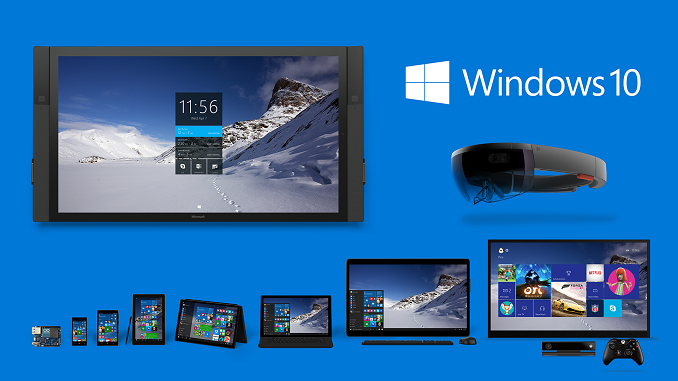


 Quote
Quote



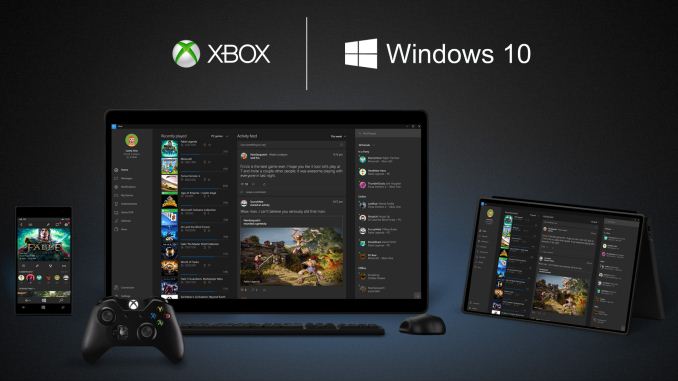
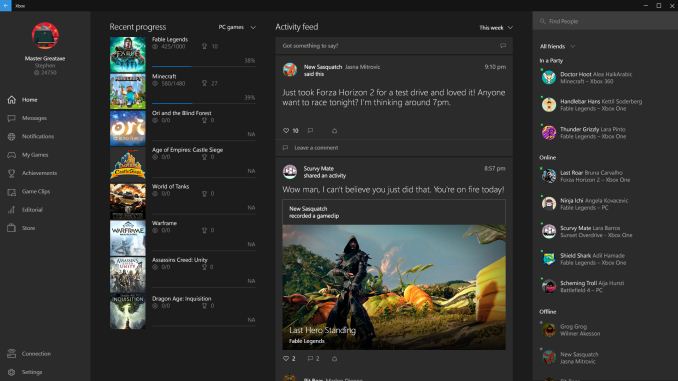
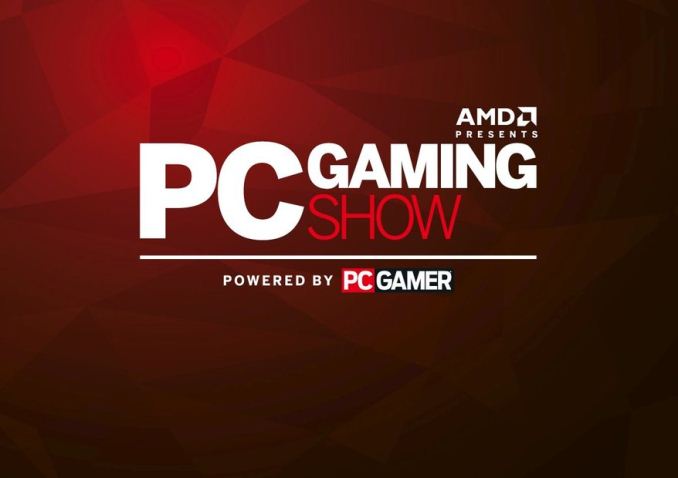
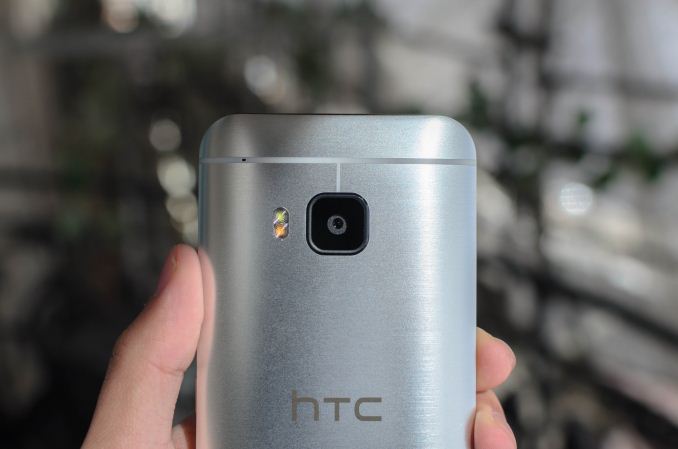
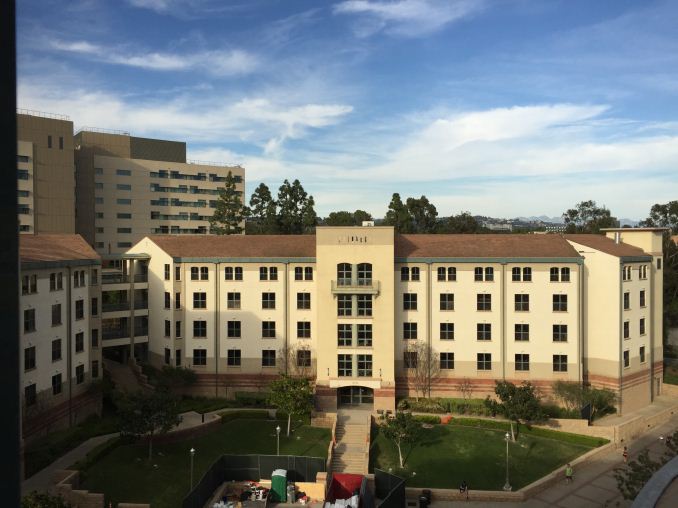


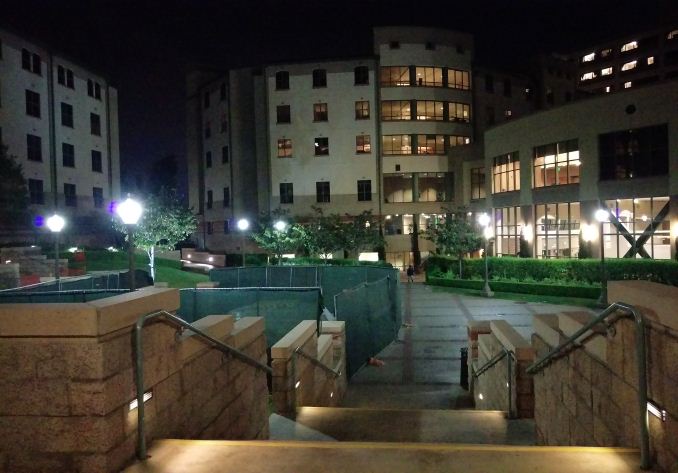

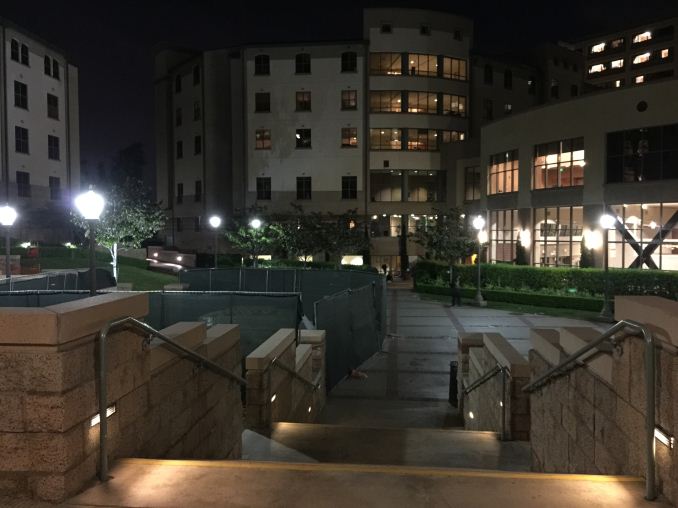
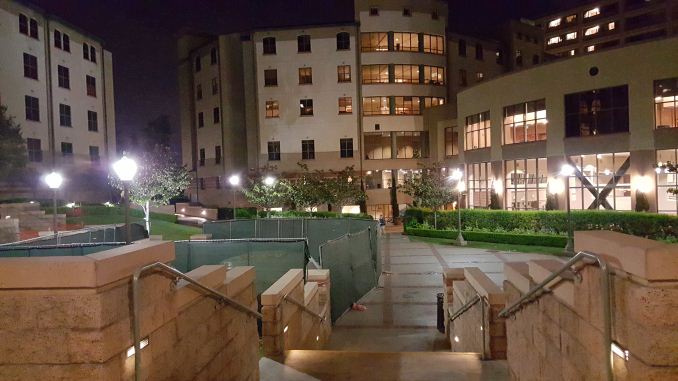
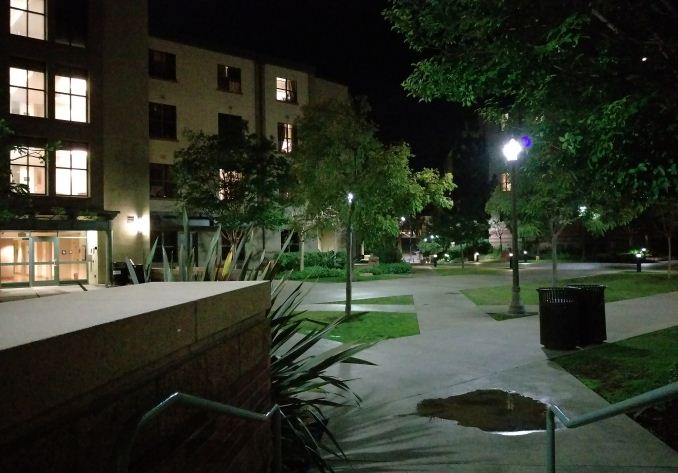
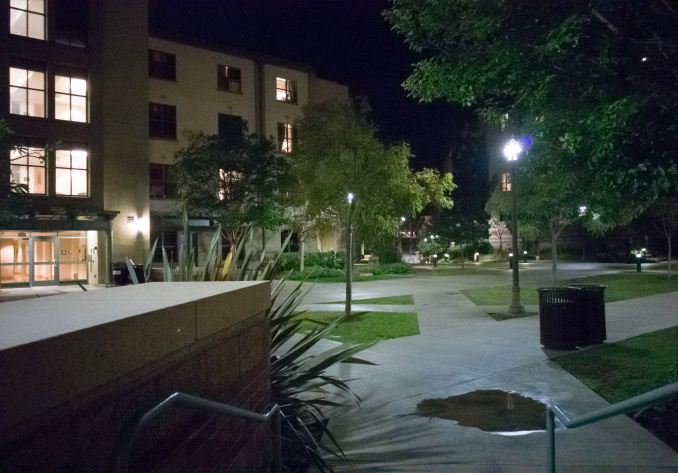
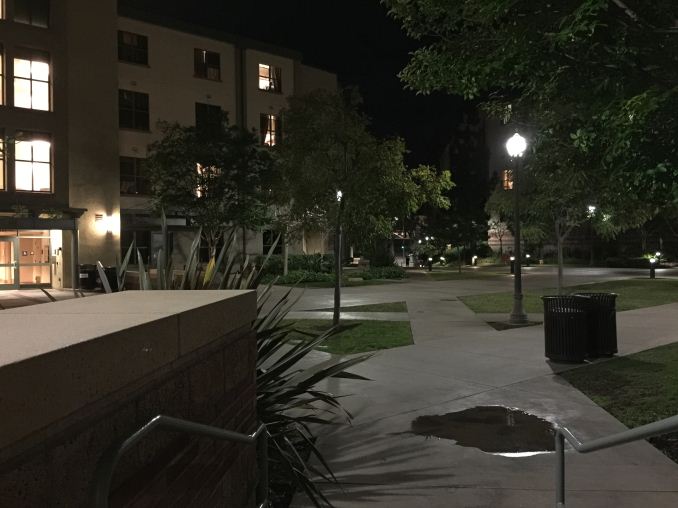
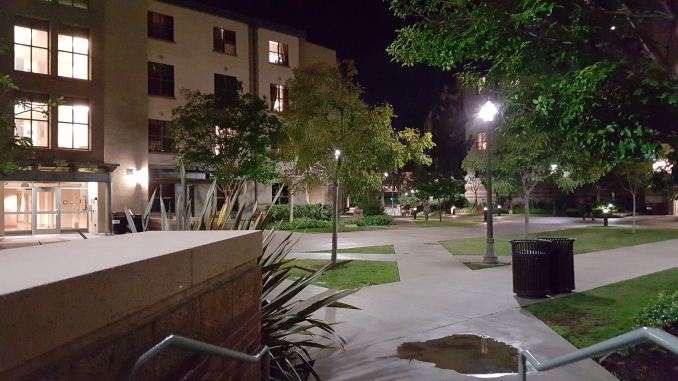
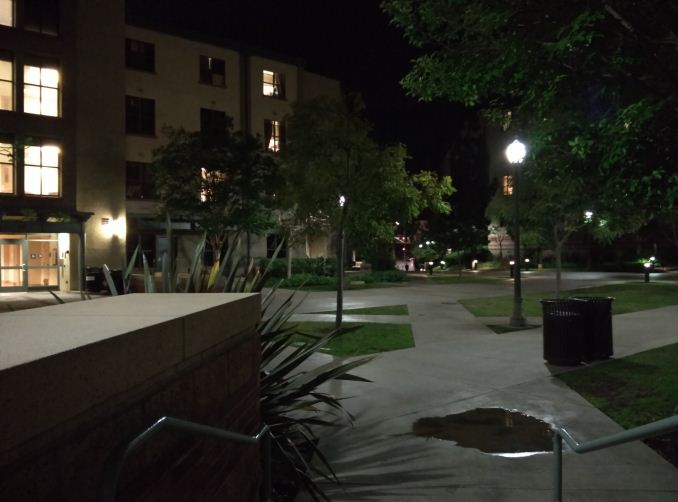


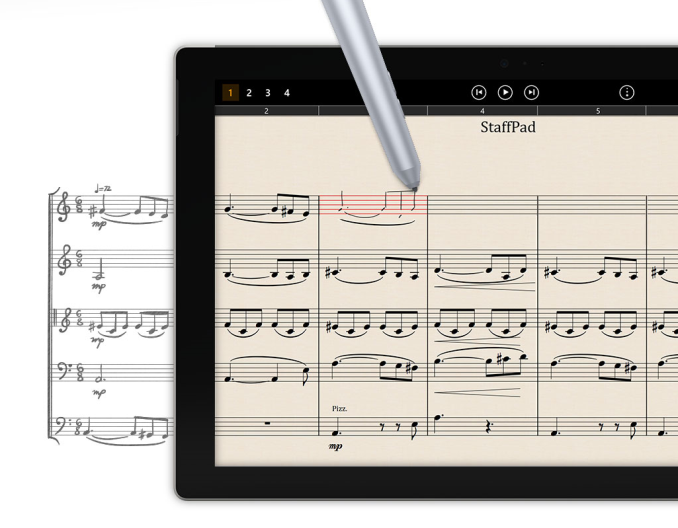
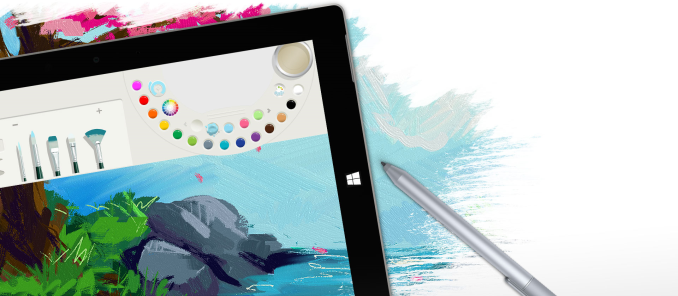

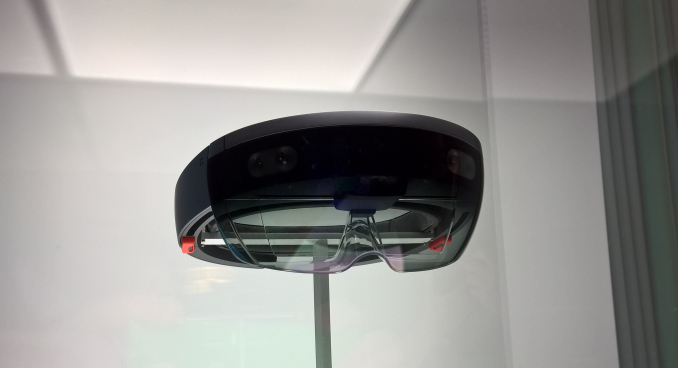

















Bookmarks